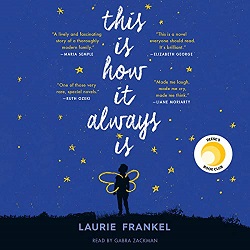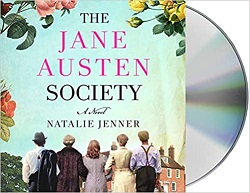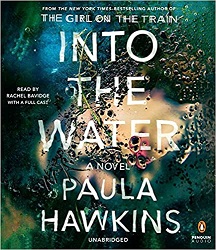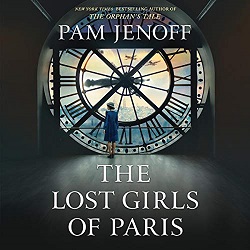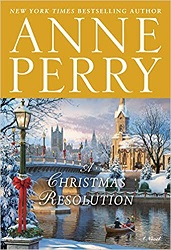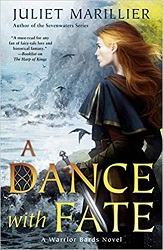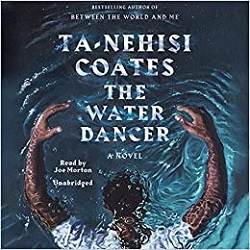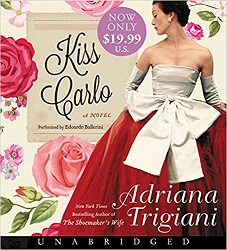Review of Longbourn, by Jo Baker
by Jo Baker
read by Emma Fielding
Random House Audio, 2013. 13.5 hours.
Review written April 9, 2021, from a library eaudiobook
Starred Review
A big thank you to my coworker Pam who told me about this book after I posted my new Austenalia page. Longbourn focuses on the home of Elizabeth Bennet during the events of Pride and Prejudice and tells us about the lives of the servants.
This isn’t the same flavor at all as Jane Austen’s books, dealing with ladies and gentlemen and polite society and appearances and sweetly and innocently finding husbands. Details are a little more sordid, and there are some unpleasant scenes and situations. The book begins on a wash day, and Sarah, a housemaid, has these thoughts about her employers:
The young ladies might behave like they were smooth and sealed as alabaster statues underneath their clothes, but then they would drop their soiled shifts on the bedchamber floor, to be whisked away and cleansed, and would thus reveal themselves to be the frail, leaking, forked bodily creatures that they really were. Perhaps that was why they spoke instructions at her from behind an embroidery hoop or over the top of a book: she had scrubbed away their sweat, their stains, their monthly blood; she knew they weren’t as rarefied as angels, and so they just couldn’t look her in the eye.
Longbourn is a small household, with the butler married to the housekeeper. Sarah is the older of the two housemaids, and she’s only a teen herself. At the start of the book, a stranger comes into town, and he quickly becomes their new footman. There are some questions as to why a young man would be available during a time of war.
Something fun about this book is that yes, the events of Pride and Prejudice play out among the young ladies, but those things aren’t nearly as interesting to the servants as what is going on in their own lives. The author has given them intriguing back stories.
So don’t think of this as a Jane Austen read-alike. It’s not. But it is a fascinating and absorbing account of what life was like for ordinary people in England during the Napoleonic Wars. It’s about making do and surviving, but also about finding love and finding opportunities. What would a servant dream of making of themselves during that era?
I will add that in revealing the back stories of the servants, Jo Baker gives us some surprising back stories of the main characters. Bingley’s family made their fortune in sugar, and there are some implications about one of his servants – but that’s only the beginning of the back story revelations.
I wasn’t too sure I’d enjoy it as the book began, since I’m used to thinking of only the pleasant side of Austen heroines. But the more I listened, the more caught up I was in the lives and situations of these people who began to feel like they knew a lot more about how the world really works than the fine ladies I was used to reading about.
Find this review on Sonderbooks at: www.sonderbooks.com/Fiction/longbourn.html
Disclosure: I am an Amazon Affiliate, and will earn a small percentage if you order a book on Amazon after clicking through from my site.
Source: This review is based on a library eaudiobook from Fairfax County Public Library.
Disclaimer: I am a professional librarian, but the views expressed are solely my own, and in no way represent the official views of my employer or of any committee or group of which I am part.
What did you think of this book?

